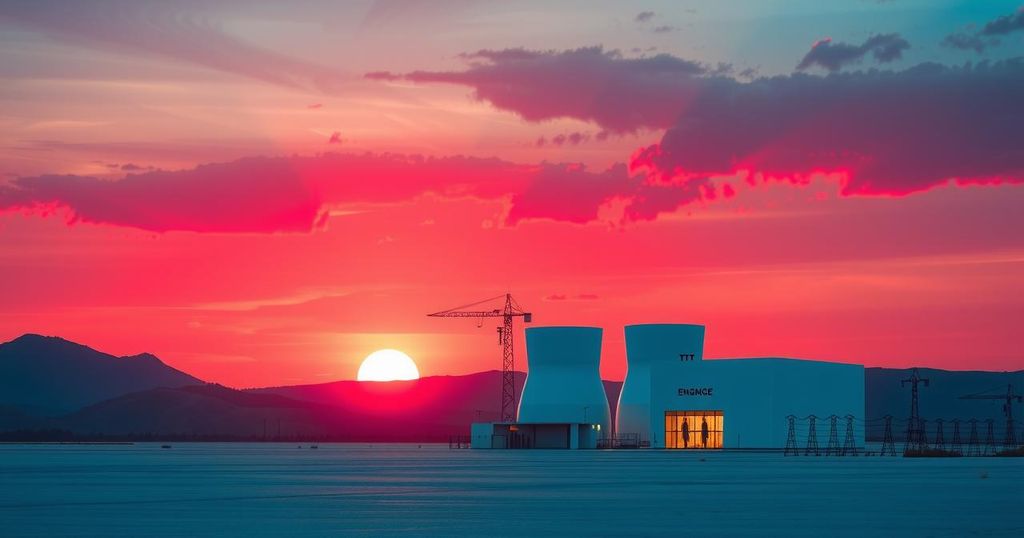China’s Crimson Skyblade: A Leap Towards Nuclear Fusion Technology
China has introduced the Crimson Skyblade, a superconducting linear plasma device, aimed at testing the materials needed for nuclear fusion reactors. This sophisticated device simulates extreme reactor conditions and has been under development for over five years. Project leader Professor Zhou Haishan highlighted the challenges of creating resilient materials necessary for operating under such rigorous conditions.
The ‘Crimson Skyblade’, officially known as Chi Xiao, is a groundbreaking superconducting linear plasma device designed to assist scientists in evaluating materials suitable for fusion reactors. Unveiled by a panel of experts, this device is pivotal in China’s pursuit of ensuring unlimited clean energy through nuclear fusion. Its advanced functionality simulates the extreme conditions necessary for testing materials that can endure the challenges posed by a fusion environment.
With a length of 15.5 meters (51 feet) and weighing approximately 22.5 tonnes, the Crimson Skyblade features an innovative design akin to a sword. It can continuously produce and propel plasma at high speeds via magnetic fields, enabling rigorous simulations essential for material testing. This development follows over five years of research and collaboration among specialists in the field.
Professor Zhou Haishan, leading the project at the Hefei Institutes of Physical Science under the Chinese Academy of Sciences, emphasized the complexities involved in developing adequate protective walls for fusion reactors. He indicated the critical need for advanced simulation technology to overcome the significant challenges of creating robust materials capable of withstanding extreme conditions anticipated in nuclear fusion processes.
Profoundly, Zhou stated, “Developing wall materials that are both resilient and resistant to damage is extremely difficult. To test such materials, we need advanced simulation environments.” This reiterates the necessity for continued innovation in the industry as China strives to achieve operational nuclear fusion.
Nuclear fusion is a complex process that holds tremendous promise for supplying abundant clean energy. However, the successful construction of fusion reactors faces numerous technical challenges, particularly concerning the durability of construction materials in extreme environments. The development of effective simulation tools, like Chi Xiao, is essential in advancing research and assessing suitable materials capable of withstanding the conditions present within nuclear fusion reactors.
The launch of the Crimson Skyblade represents a significant advancement in China’s nuclear fusion research capabilities. This sophisticated plasma device is set to play a crucial role in testing materials intended for fusion reactors, thus contributing to the nation’s goal of harnessing unlimited clean energy. As development progresses, the technological innovations stemming from this project will be pivotal in addressing the substantial challenges inherent in fusion reactor construction.
Original Source: www.scmp.com








Post Comment